Reviewed by Corey Noles
When TV Time suddenly vanished from Apple's App Store on November 1st, then reappeared just as quickly after a copyright dispute resolution, it revealed something crucial about the current state of app distribution. Sure, we've got third-party app stores now (at least in the EU), but the TV Time incident demonstrates exactly how Apple's control mechanisms have evolved rather than disappeared—extending far beyond just managing their own storefront.
Apple reinstated the App Store listing for TV Time after it was pulled for copyright infringement, but the speed and scope of Apple's action reveals the deeper architecture of platform control. TV Time was aware its app had stopped appearing on the App Store on November 1, highlighting just how quickly Apple can leverage copyright enforcement as a control mechanism across the entire iOS ecosystem.
The underlying issue here isn't just about one app getting pulled and reinstated. It's about what this reveals regarding Apple's systematic approach to maintaining influence over app distribution, even with third-party app stores available since iOS 17.4 and iPadOS 18 for EU citizens. Apple's reach into the iOS ecosystem operates through multiple interconnected control layers that work together to preserve the company's gatekeeping power.
The illusion of choice: third-party stores under Apple's thumb
Here's what many people don't realize: having third-party app stores doesn't automatically mean freedom from Apple's architectural control. The Digital Markets Act was supposed to change everything when it went into full effect on March 7, 2024, forcing Apple to allow alternative app distribution methods. But Apple's implementation reveals a masterclass in strategic compliance—meeting the letter of the law while undermining its spirit.
Take the Epic Games situation as the perfect illustration of Apple's approach. Apple deleted Epic Games' developer account on the same day the DMA went into full effect, demonstrating how swiftly the company can eliminate competitors even under regulatory scrutiny. While Epic Games' developer account was eventually reinstated following pressure from EU officials, the timing sent an unmistakable message: Apple retains the power to instantly disrupt any competitor's business operations, regardless of regulatory frameworks.
This power extends beyond account management into user experience manipulation. Apple has engineered the entire alternative app installation process to feel risky and cumbersome. Consumers reported that sideloading an app via the proposed Apple flow requires navigating through 15 clicks, including repetitive security warnings designed to maximize user abandonment. This strategic friction transforms what should be simple app installation into a gauntlet of discouragement.
Consider the practical impact: if you're a regular iPhone user wanting to install an app from the Epic Games Store, which now boasts 270 million users as the second-largest app marketplace, you'll encounter a series of warnings essentially screaming "are you sure you want to risk your device security?" Most users will abandon the process and return to the App Store—exactly as Apple intended.
Apple's copyright enforcement: a convenient control mechanism
The TV Time incident perfectly illustrates how copyright enforcement becomes another sophisticated control lever. TV Time's owner Whip Media explained that the copyright claim was caused by a mishandled intellectual property complaint, where the complainant demanded a financial settlement, which isn't consistent with the DMCA. When Whip Media refused to pay what was essentially extortion, the complainant notified Apple that the claim was 'unresolved,' leading Apple to take down the app without requiring robust evidence from the complainant.
This isn't an isolated incident—it's a systematic vulnerability that Apple's process creates. In September, Musi was taken down from the App Store following multiple copyright complaints, and Musi sued Apple in October to try and reinstate the app. The pattern reveals how Apple receives thousands of complaints over App Store content from third parties, with the company's hair-trigger takedown approach creating a chilling effect that extends far beyond individual cases.
What makes this particularly troubling is how easily the system can be weaponized. TV Time removed disputed images and requested proof of ownership, which the complainant couldn't provide. Instead of backing down, they demanded payment to resolve the "dispute." When TV Time refused, Apple sided with the unsubstantiated claim. Apple holds significant power over app developers by controlling access to a massive market and continues exercising that power through rapid-fire takedowns that prioritize Apple's liability concerns over developer due process.
The revenue protection strategy behind the control
Let's break down what's really driving Apple's multi-layered control strategy, because the financial stakes are staggering. The App Store, estimated to contribute 60% of Services revenue, or $14.5 billion, represents roughly 12% of Apple's total revenue—making it one of the company's most valuable assets. This isn't just about market dominance; it's about protecting a revenue stream that's fundamental to Apple's financial performance.
Apple's internal analysis reveals genuine anxiety about revenue losses from alternative distribution methods. Even at a cautious 10% adoption, the hit is $1.45 billion quarterly, or $5.8 billion yearly, representing a 2.4% slice off total revenue. More concerning for Apple: when a 20% developer adoption rate occurs, Apple could lose $11.6 billion annually. These aren't hypothetical losses—they represent real threats to Apple's market valuation and shareholder returns.
The company's defensive strategies become crystal clear when you examine their implementation tactics. Apple's 'scare screens' and 'plain' hyperlink-style buttons were designed to 'increase breakage rates', ensuring users abandoned off-app purchases before completing transactions. This isn't accidental user experience design—it's intentional revenue protection through deliberate friction.
Apple's approach extends to pressuring major developers directly. Apple is putting pressure on Tencent and ByteDance to make significant changes to two of China's most popular apps to eliminate loopholes circumventing Apple's 30% commission. The company demanded both companies prevent mini-app creators from including external payment links and even wanted to ban in-app chats because users might share payment links through them. This level of micromanagement demonstrates how far Apple will go to preserve every revenue stream.
Why technical architecture reinforces control
The most sophisticated aspect of Apple's control lies in iOS's fundamental architecture. Apple's iOS is tightly integrated with Apple hardware, including the Neural Engine and Secure Enclave, creating optimizations that make alternative distribution methods feel inferior by design. iOS uses strict code signing and sandboxing so only Apple-signed code runs on devices, ensuring Apple maintains final approval authority over all software, regardless of distribution method.
This architectural control extends deep into the app installation framework itself. Apple has a new public framework called "Managed App Distribution" in iOS 17.2, but crucially, there is a new, unused entitlement that will give third-party apps permission to install other apps—meaning Apple still controls exactly who gets distribution permissions and under what conditions.
Even more revealing: this feature may be limited to EU customers, demonstrating Apple's geographically selective approach to openness. The company isn't embracing alternative distribution globally—they're implementing the minimum necessary to satisfy European regulators while maintaining maximum control everywhere else.
The technical barriers create a hierarchy of user experiences where App Store apps receive preferential treatment. Integration with iCloud, seamless automatic updates, family sharing features, and system-level optimizations work best (or exclusively) with App Store apps. Alternative app stores operate as second-class citizens within Apple's ecosystem, creating subtle but persistent incentives for users to return to Apple's preferred distribution method.
What this means for the future of app distribution
Bottom line: the TV Time removal demonstrates that third-party app stores represent regulatory compliance theater rather than genuine competitive transformation. Apple has successfully evolved its control mechanisms to operate across multiple layers—technical architecture, copyright enforcement, user experience manipulation, and developer account management—ensuring continued dominance regardless of alternative distribution options.
The financial incentives driving this approach are too significant for Apple to abandon. With potential annual losses reaching $11.6 billion if 20% of developers adopt alternative distribution methods, every barrier, friction point, and "security warning" serves to protect Apple's Services revenue. This isn't about user safety or platform integrity—it's about maintaining a business model built on gatekeeping.
Even successful alternative stores like AltStore PAL, released in the summer of 2024, and Aptoide's expansion to include an iOS app store in 2024 operate within Apple's ultimate authority. They can distribute apps, but only through Apple's controlled channels, using Apple's technical infrastructure, and subject to Apple's policy enforcement mechanisms.
What we're witnessing with TV Time, Epic Games, and countless other developers reveals Apple's comprehensive approach to platform control. The company has constructed a system where even "alternative" distribution remains fundamentally dependent on Apple's technical infrastructure, business policies, and enforcement priorities.
The real test will be whether regulators recognize that meaningful competition requires dismantling the entire control apparatus—not just permitting alternative storefronts that operate under the platform owner's architectural, financial, and procedural constraints. Until that happens, incidents like TV Time's removal will continue demonstrating Apple's absolute power over app distribution, regardless of how many third-party alternatives exist on paper.
The emergence of legitimate competitors proves market demand for alternatives, but Apple's systematic control ensures competition remains constrained and heavily influenced by Cupertino's business priorities. That's the real revelation behind TV Time's brief disappearance: not just a copyright dispute, but a demonstration of how comprehensive platform control operates in practice, adapting to regulatory challenges while preserving fundamental gatekeeping power.







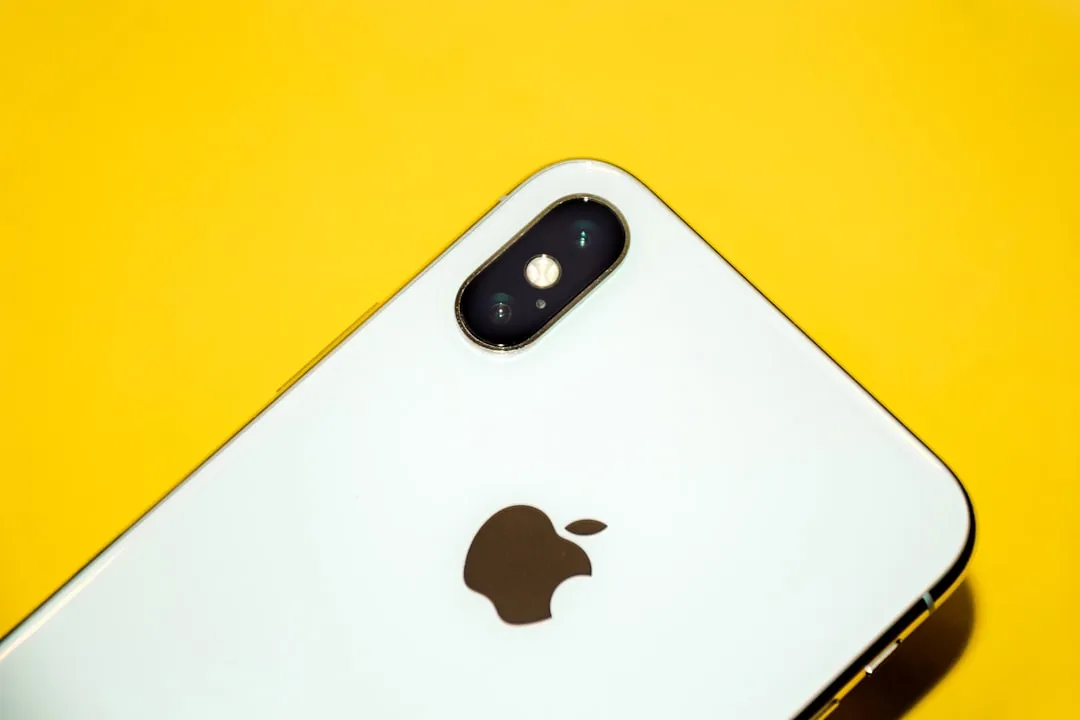

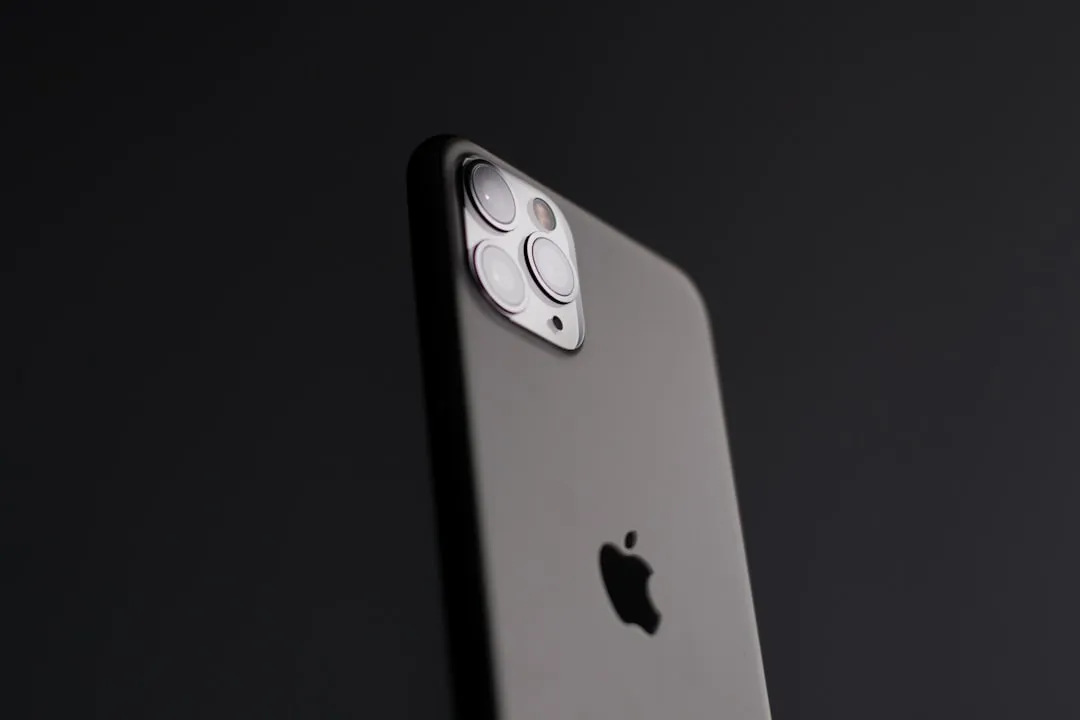


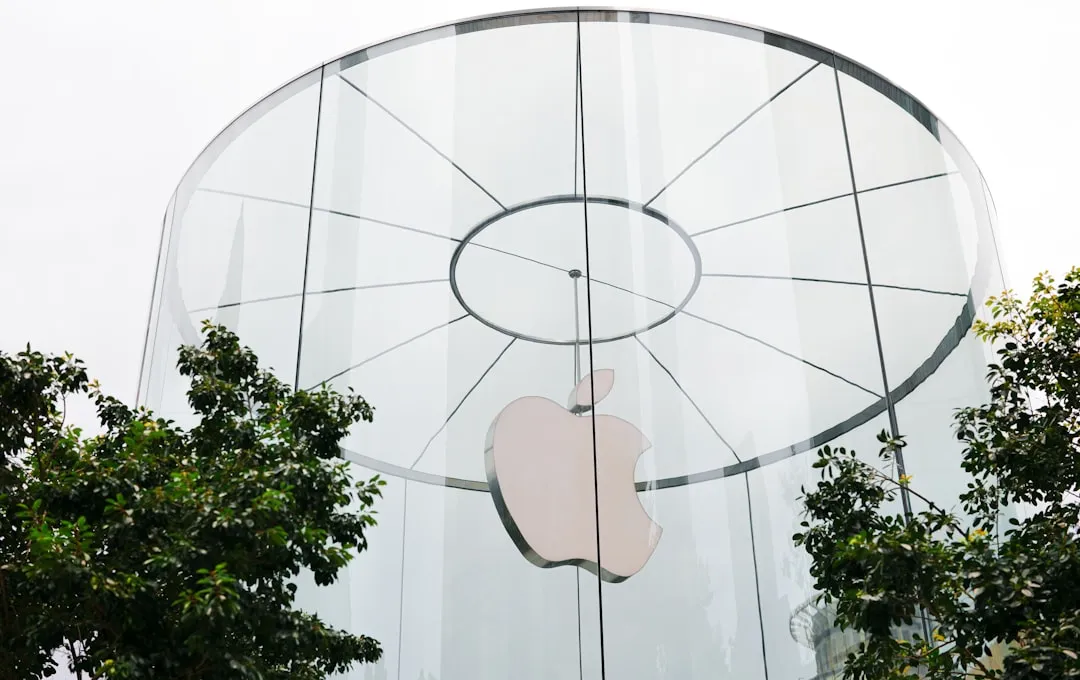
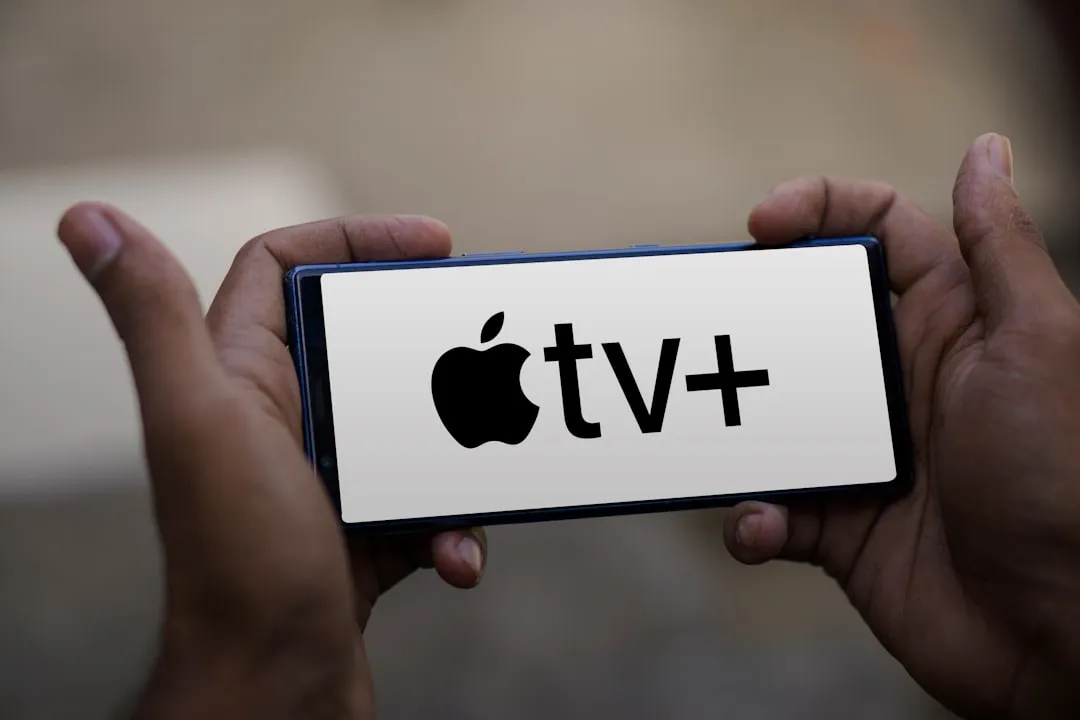

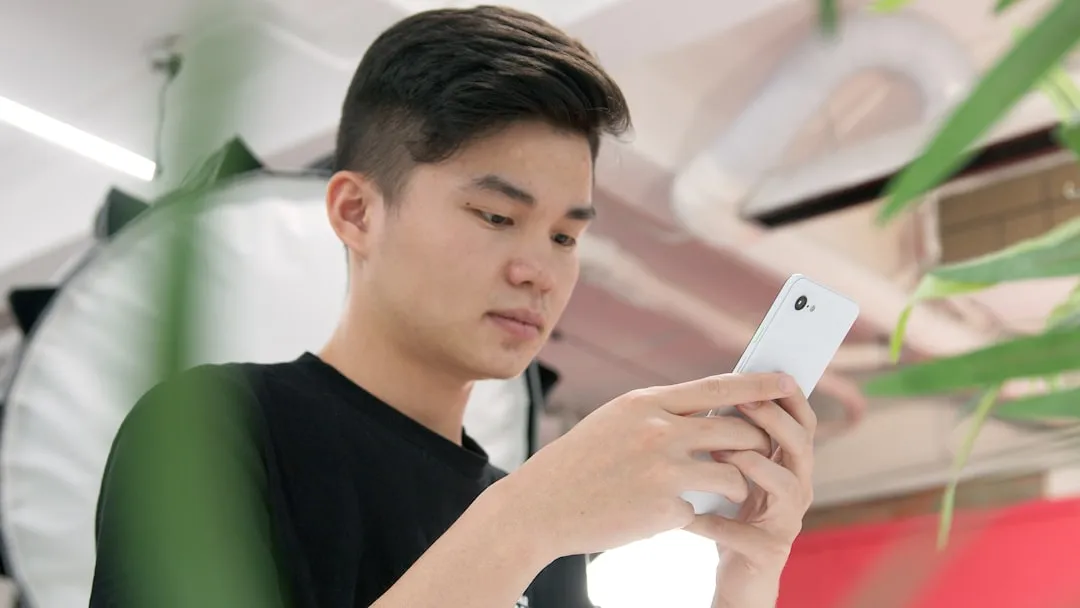
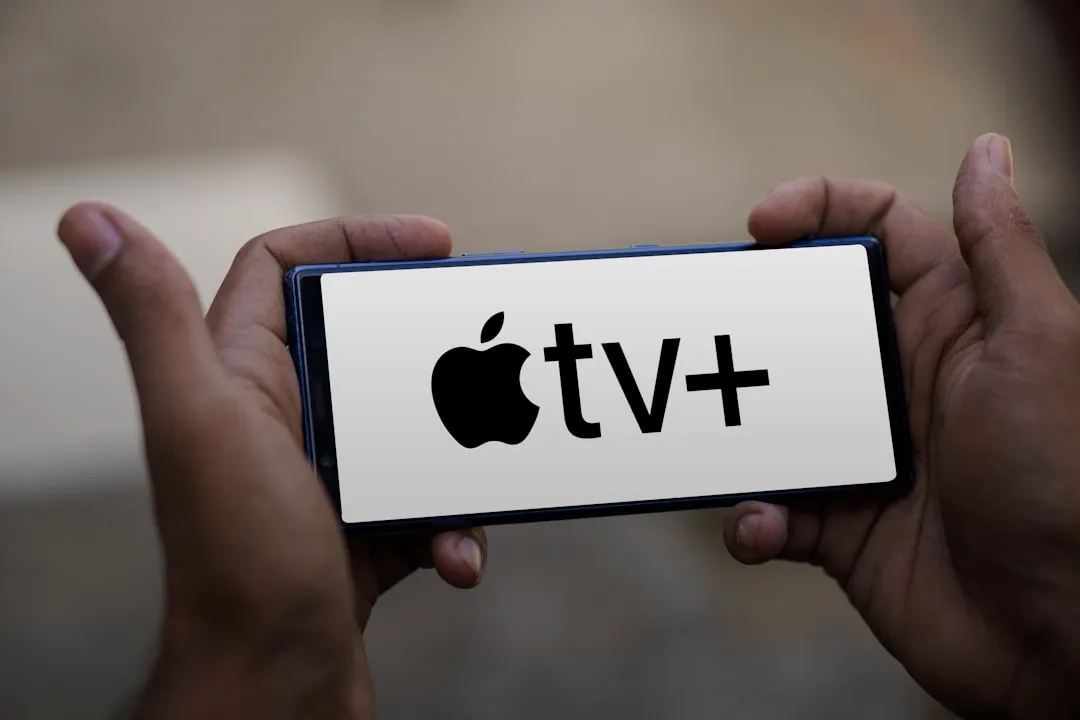

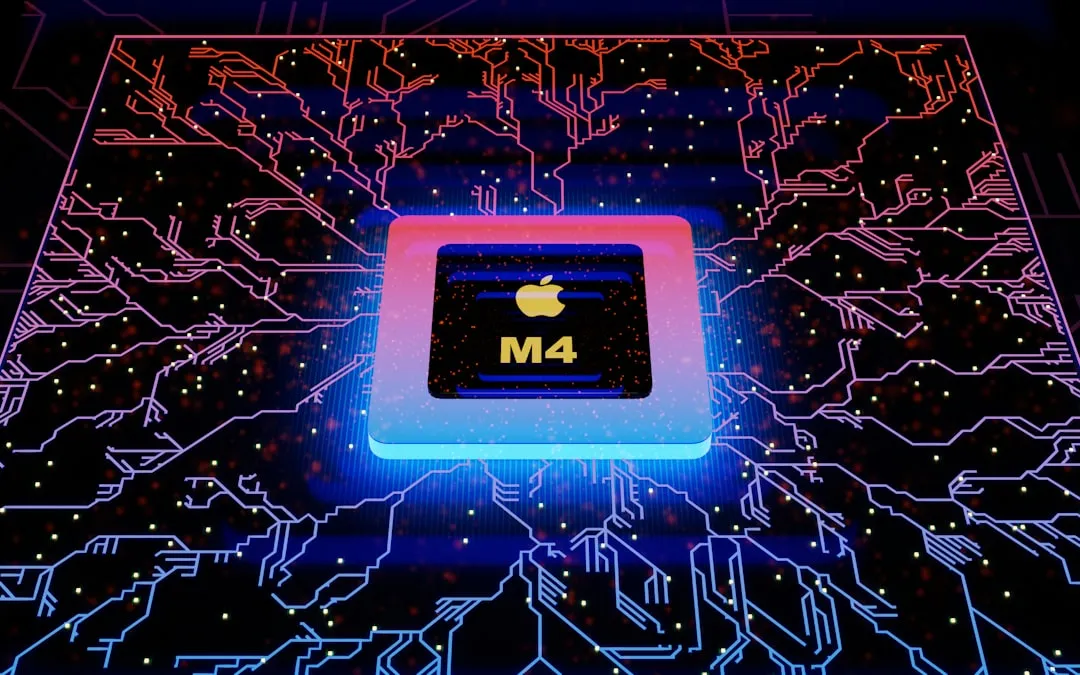
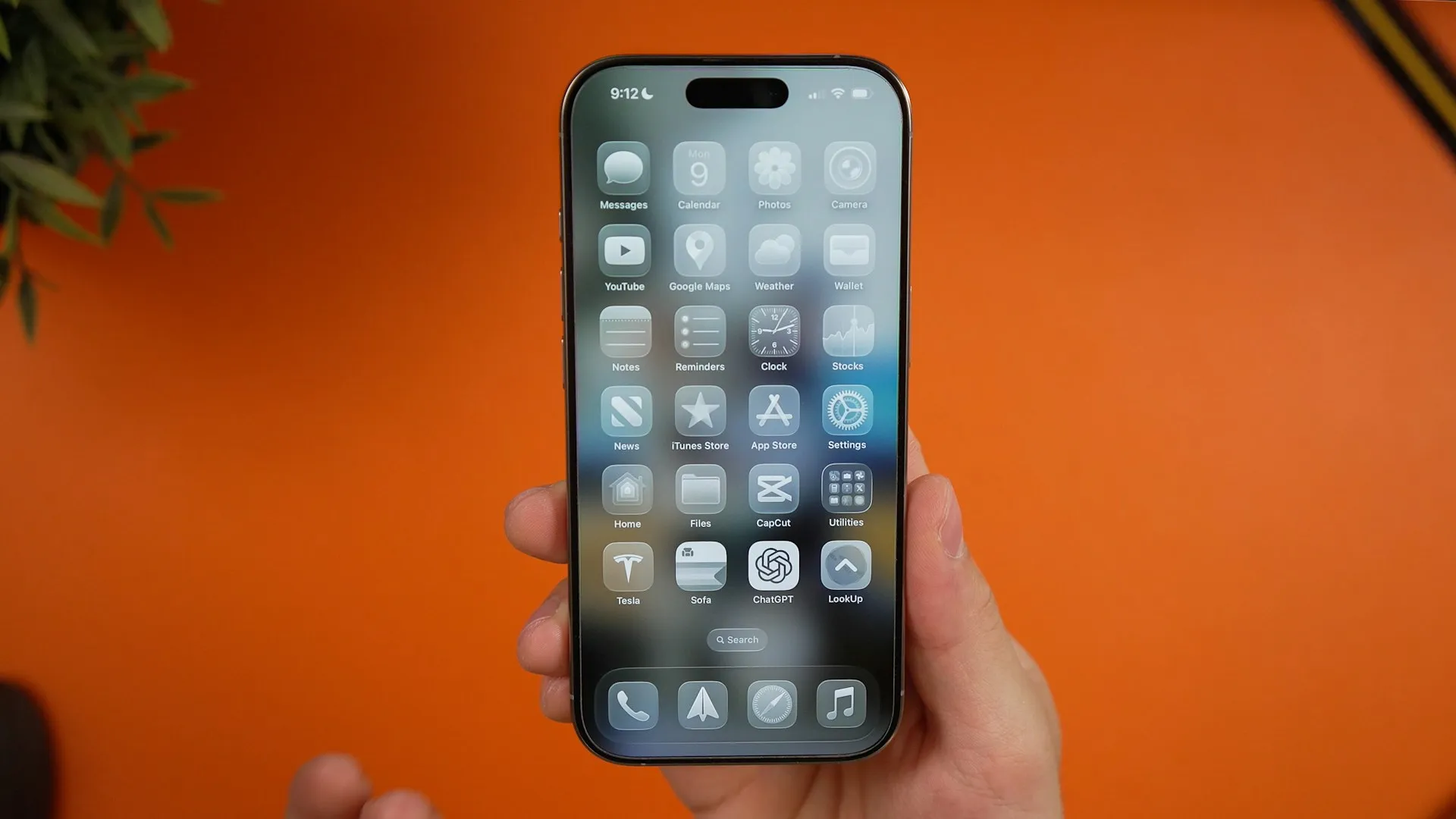

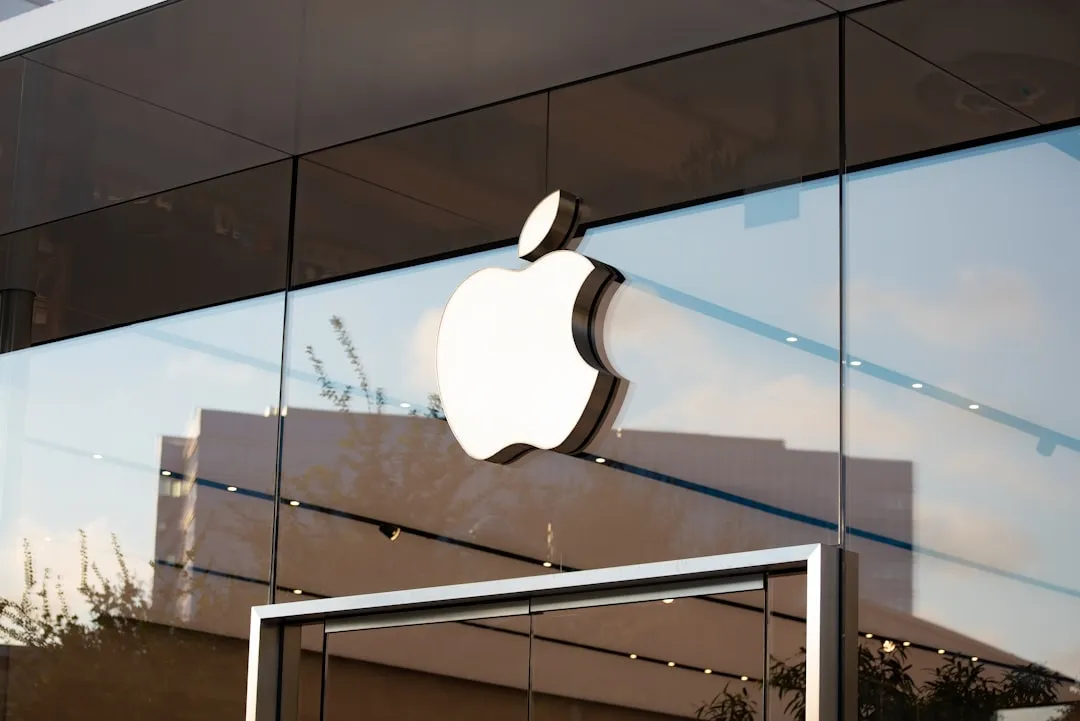



Comments
Be the first, drop a comment!